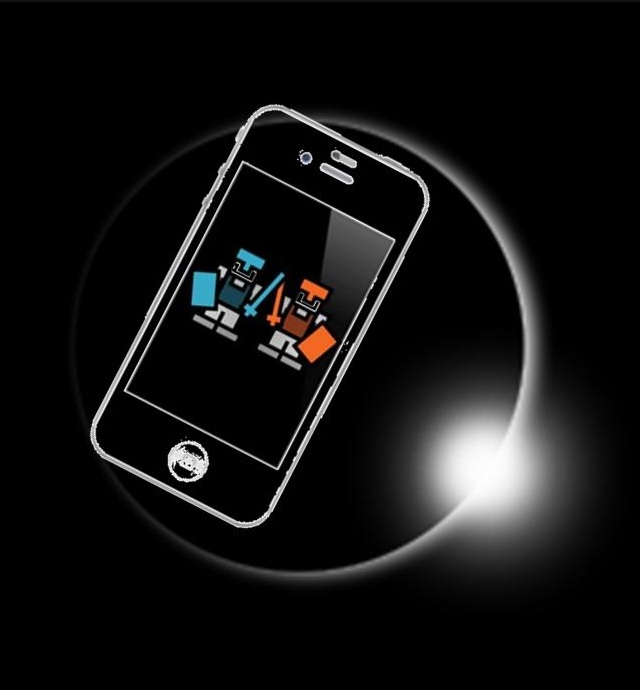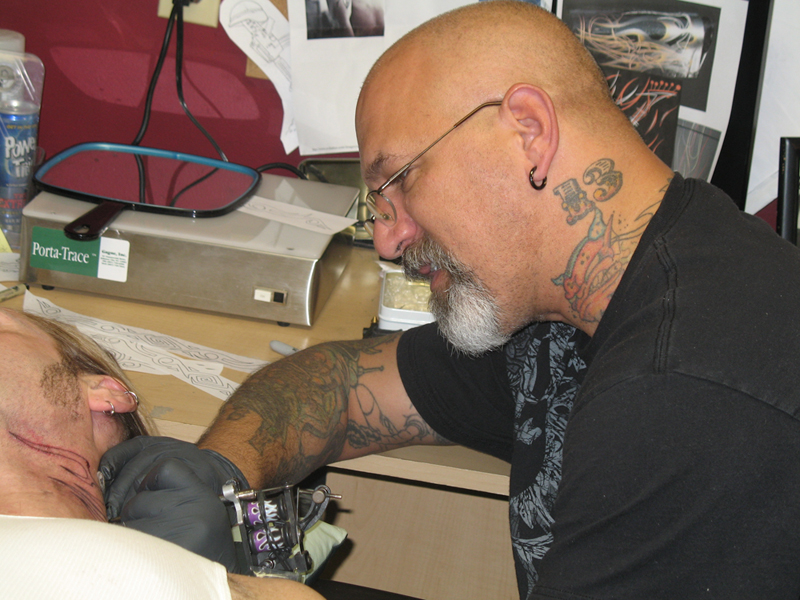 Mobile games generate more revenue than portable consoles
Mobile games generate more revenue than portable consoles
Mobile devices like smartphones and tablets have come to play a major role in the game industry. The advent of smartphones birthed the popularity of applications, relatively light pieces of software that provide services and entertainment for people all over the world. As smartphones became more advanced, so too did their applications. Mobile games have become the most popular of these applications, and they have benefitted tremendously from the advances made in mobile technology. Now, these mobile games are generating revenue that is dwarfing that produced through the game industry’s much touted portable consoles.
Consoles not living up to expectations
Nintendo and Sony are the biggest names in the portable console market. Both companies recently released portable consoles that were highly anticipated among consumers. Despite this anticipation, however, these consoles did not sell as well as the companies had hopes. Both the Nintendo 3DS and Sony Playstation Vita have seen lackluster sales globally and because these consoles are not universally favored by consumers, the games they support have generated less revenue than Sony and Nintendo would have liked.
Data highlights popularity of mobile games
Research firms IDC and App Annie have release data concerning the disparity in the revenues generated through mobile games and portable consoles. The data shows that portable consoles see high sales during holiday seasons, but mobile games account for year-round spending. Approximately 60% of all app spending in Apple’s App Store, and 80% in Google Play, was directed to mobile games. Most of these games include in-game transactions, which entice gamers to purchase power-ups or virtual currencies in order to gain an edge.
Game industry continues to adjust to the clout of mobile devices
The mobile games market has become extremely influential in the overall game industry. Large developers that had, in the past, been focused exclusively on consoles are beginning to set their sights on mobile devices in order to tap into a new generation of consumers. Publishers like Electronic Arts and Activision are also taking a strong position on mobile gaming, expecting to see major success in this market that they have not seen in portable consoles.

 A Turkish small business has used the barcodes to filter out applicants who aren’t accurate enough.
A Turkish small business has used the barcodes to filter out applicants who aren’t accurate enough.